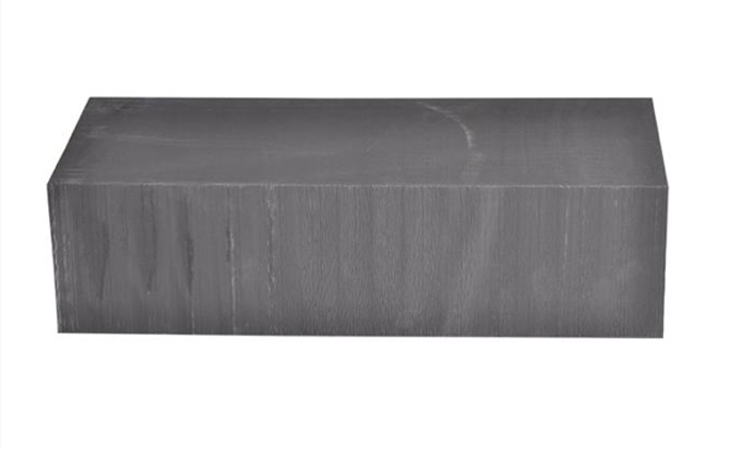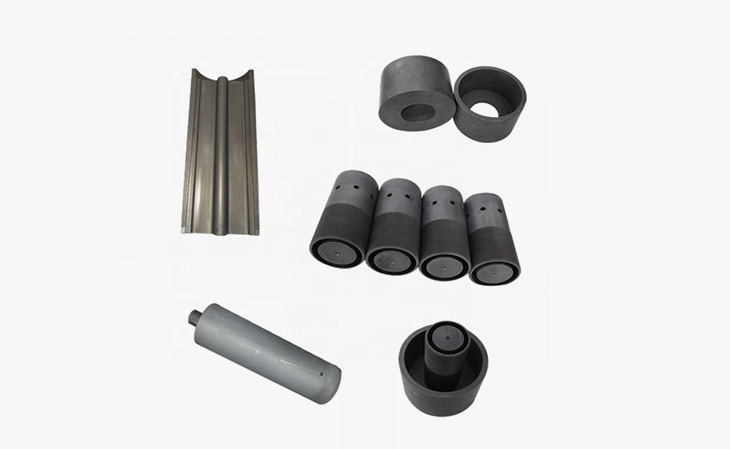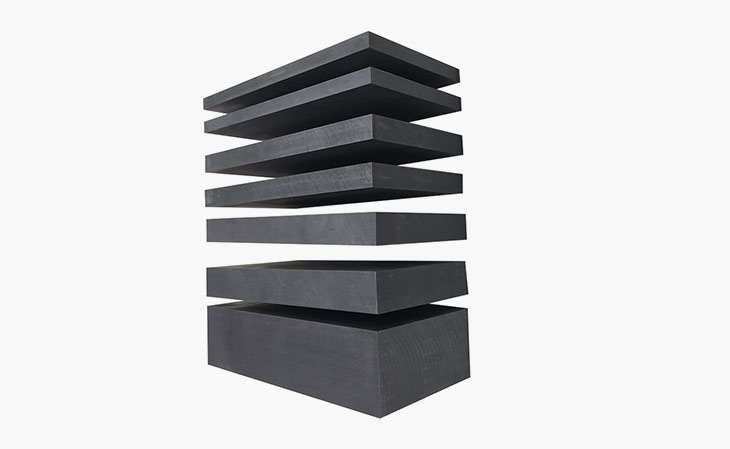1. Application of Graphite Rods
Graphite rods are commonly used in fiber optics and semiconductor applications, both of which require precision and sensitivity. The more popular use of graphite rods is for fishing rods, both for large and small rods. Industrial applications include heat treatment, where they are used to support beams or furnace rails to achieve thermal expansion as graphite can withstand extreme temperatures. They can also be used as thermal melt metal stirrers, graphite electrode cylindrical rods. In electrolysis, the use of graphite rods for electrolysis together with a large number of free electrons allows electricity to pass quickly through graphite.
Graphite rods can be used as blowing holes in extension tubes, as expansion devices, or to make indentations on glass sidewalls. Graphite rods are used as moderators in nuclear reactors to control the rate of reaction. Graphite achieves chain reactions by slowing down neutrons in a graphite reactor. Inserting some rods and absorbing more available neutrons accelerates the chain reaction. The power level in the reactor begins to rise.
Machined graphite is usually made of a composite or mixture of graphite and copper. Pure graphite and additional copper produce the characteristics of high strength and reliable conductivity sought after. To define and quantify the "extreme," it should be noted that graphite rods can maintain their shape even when exposed to "extreme" temperatures.
2. Benefits of Graphite Rods
Graphite is commonly regarded as a material for making pencil leads, but it is much more than that, as graphite rods demonstrate. High density graphite rod is conductive and inert. Good thermal conductivity, because graphite is an excellent thermal conductor and has high thermal shock resistance.
When designing mechanical parts, materials with high compressive strength should be used with caution. The machinability is very strict with tolerances. Corrosion resistance, they can resist most acids, alkalis, solvents, and similar substances for all practical purposes. The flatness of the sealing surface is maintained at the friction surface during operation due to high elastic dimensions and stability.
No wear and built-in lubrication because the molecular structure of graphite produces a very thin coating on moving parts, the product will not jam or wear in the most demanding applications. There is also porosity. Graphite is porous, but these pores can be covered with impregnating agents, and the range of these pores can vary from high to no permeability depending on the application. Because some graphite pores are very small, not all graphite needs to be impregnated. Selecting the right material for the impregnation process is critical.
In addition, from WH graphite rod exporter, our heating graphite rods are very durable and strong. In fact, the structural quality of machined graphite rods is such that they not only maintain their shape at extremely high temperatures, but also become more rugged and durable as temperatures rise. Graphite rods can be cut to meet volume, diameter, length, and shape requirements for all types of applications.
 English
English








